Transport certification update
It’s that time of year again – where some veterinarians will be asked to certify heavily pregnant cattle as fit for transport. This is a good time to remember that is an offence to transport a cow in late pregnancy (refer Regulation 41) – although infringements are restricted to cases where cattle give birth during the journey or within 24 hours of arrival at a slaughter premises or sale yard.
The environment at a slaughter premises is generally not suitable for cows in late pregnancy, and the welfare of cows in late gestation must not be compromised during transport to slaughter. Veterinarians asked to certify animals in late gestation should be very cautious, and if certifying for transport to slaughter, should engage thoroughly with MPI Verification Services (MPI VS) at the slaughter premise.
The NZVA's advice to members is to carefully consider whether to certify cows for transport within four weeks of the planned start of calving. The NZVA supports its members should they decide not to certify these animals and emphasises that the first consideration must always be the welfare of the animal.
Key points to note regarding cows in the last three months of pregnancy are:
- If within four weeks of calving date, travel should be less than two hours (allowing for transfer from the runoff back to the milking platform).
- Supplement cows with 12-20g of elemental magnesium per cow, on the day of transport.
- Only transport cows unlikely to give birth during the journey back to the milking platform.
We’d also like to remind you that in some cases, it may be appropriate to certify animals for transport to a processor which is NOT the closest slaughter premises. Examples of where this may be appropriate include where the closest slaughter premises:
- are not currently processing that class of stock;
- does not have processing space available within the timeframe that the animal needs to be slaughtered (e.g. where the condition of the animal may deteriorate
- does not have facilities appropriate to receive the animal (e.g. cannot process large-frame animals).
In such instances, prior to issuing a certificate, the veterinarian should consider whether the animal is fit to travel the additional distance, and also contact MPI VS at the destination plant to confirm it would be appropriate to send the animal.
Don’t forget about the fitness for transport resources on our website, including some great maps MPI created for us showing important information about the cattle processing premises (such as processing schedules, and limitations).
